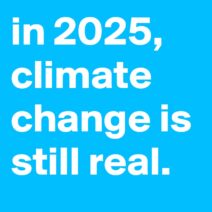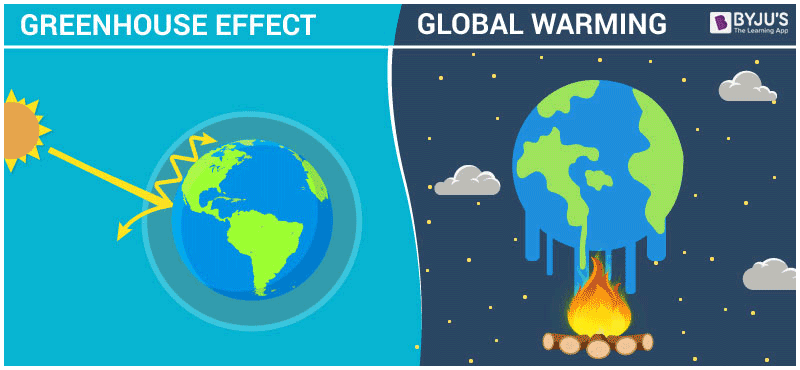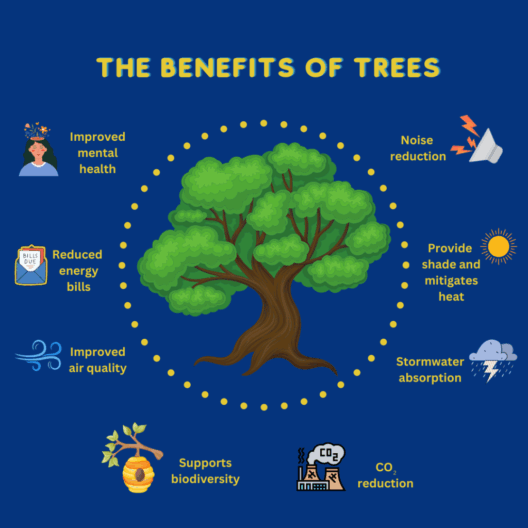The Earth’s climate, a system that has evolved over billions of years, is now subjected to immense scrutiny in an era marked by increased industrialization and urbanization. Within this dialogue, the concepts of the greenhouse effect and global warming have emerged as cornerstone ideas, often leading to confusion and misunderstanding. It is imperative to delineate these two phenomena, not only to foster a better public understanding but also to elucidate their interdependencies and implications for our planet.
The greenhouse effect is a natural process that warms the Earth’s surface. When the sun’s energy reaches the planet, some of this energy is reflected back to space and the rest is absorbed, subsequently warming the Earth. This absorbed energy is then re-radiated as infrared radiation. Greenhouse gases, such as carbon dioxide (CO2), methane (CH4), and nitrous oxide (N2O), trap some of this outgoing energy, preventing it from escaping into space. This process is akin to a thermal blanket, insulating the planet and enabling life to thrive. Without this effect, Earth’s average temperature would be a frigid -18 degrees Celsius, rather than the relatively comfortable 15 degrees Celsius that sustains diverse ecosystems and human civilization.
However, the problem arises with the enhancement of this natural greenhouse effect through human activities, notably fossil fuel combustion, deforestation, and industrial processes. The resultant accumulation of greenhouse gases in the atmosphere crosses a critical threshold, leading to global warming, which is characterized by an average increase in Earth’s surface temperature. This phenomenon is not merely an academic concern; it has far-reaching implications, influencing weather patterns, sea levels, and the frequency and intensity of climatic events.
The distinction between the greenhouse effect and global warming can be likened to the difference between a healthy body temperature and a fever. A healthy level of greenhouse gases is conducive to life, whereas an overabundance can instigate a cascade of negative repercussions. As individuals and communities observe the symptoms of climate change—melting polar ice, erratic weather patterns, and the subsequent biodiversity decline—they may grapple with the underlying causes of these alarming changes.
To deepen the understanding of global warming, it is essential to acknowledge its complexities. Global warming is driven by both natural and anthropogenic factors. Solar irradiance, volcanic activity, and even oceanic currents play roles in the natural fluctuations of climate. Yet, the current episode of rapid warming is primarily attributable to human-centric activities. This anthropogenic impact extends beyond merely emitting greenhouse gases; it encompasses land use changes, industrial pollutants, and agricultural practices which further exacerbate the situation.
Interestingly, the perception of global warming has evolved within the public consciousness. Initially viewed as a distant threat, alarm bells have surged in volume, with visible manifestations reshaping the narrative. From devastating wildfires in Australia to unprecedented hurricanes in the Atlantic, the evidence for climate change has transitioned from nebulous projections to tangible realities that demand urgent action. Global warming is increasingly recognized as an existential threat, leading to social and political movements aimed at fostering sustainability.
Addressing climate change requires a multifaceted approach, emphasizing the necessity for immediate transitions to renewable energy sources, improved energy efficiency, and sustainable agricultural practices. However, obstacles borne out of economic interests, political inertia, and social apathy can impede progress. There exists a considerable chasm between scientific understanding and public perception of climate issues. Education plays a pivotal role in bridging this gap, fostering a generation that is acutely aware of the interplay between everyday actions and their global consequences.
The psychological dimension in understanding climate science cannot be overlooked. The phenomenon of climate anxiety—the chronic fear of environmental doom—is becoming ubiquitous, particularly among younger demographics who feel burdened by the weight of impending crises. This emotional response to climate change underlines the necessity of promoting a more proactive narrative, one that emphasizes hope over despair, and collective action over individual apathy.
A sustainable future is close at hand, depending on our ability to understand and mitigate the effects of greenhouse gases while embracing innovative solutions. Technologies such as carbon capture and storage, the implementation of smart grids, and the expansion of green spaces in urban environments are emerging as pillars of climate resilience. However, these technological advancements must be paired with policy changes that incentivize renewable energy adoption and the preservation of natural ecosystems.
In conclusion, the dichotomy between the greenhouse effect and global warming must not merely be seen as a scientific debate; it encapsulates a broader narrative about humanity’s relationship with nature. The stakes are high, and while the science can often appear daunting, the path forward is illuminated by knowledge, innovation, and unity. As society stands at this critical juncture, the decision to recognize and tackle the underlying principles of these climatic phenomena could decisively influence the trajectory of future generations. To achieve a sustainable world, we must embrace the knowledge presented by climate science, embody responsibility, and galvanize global action.







